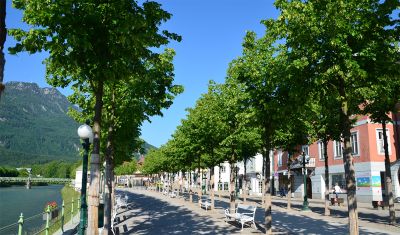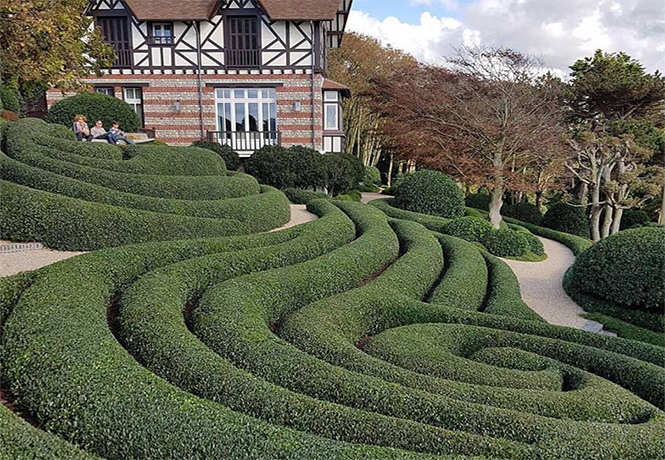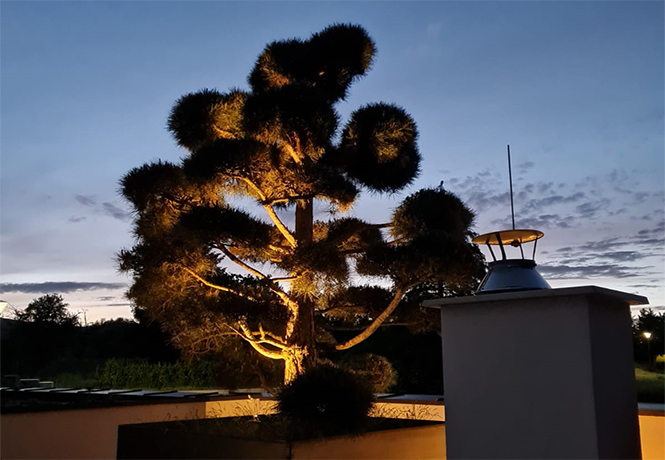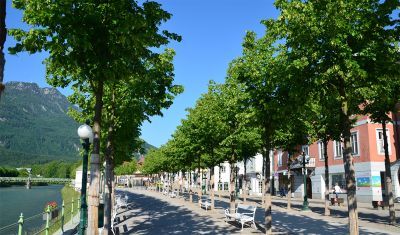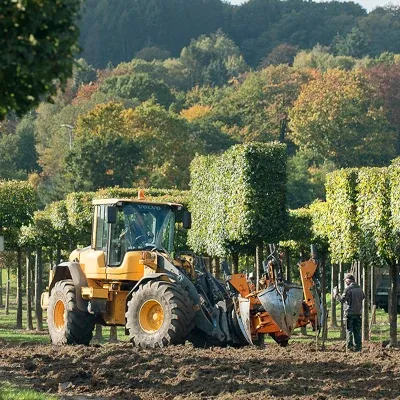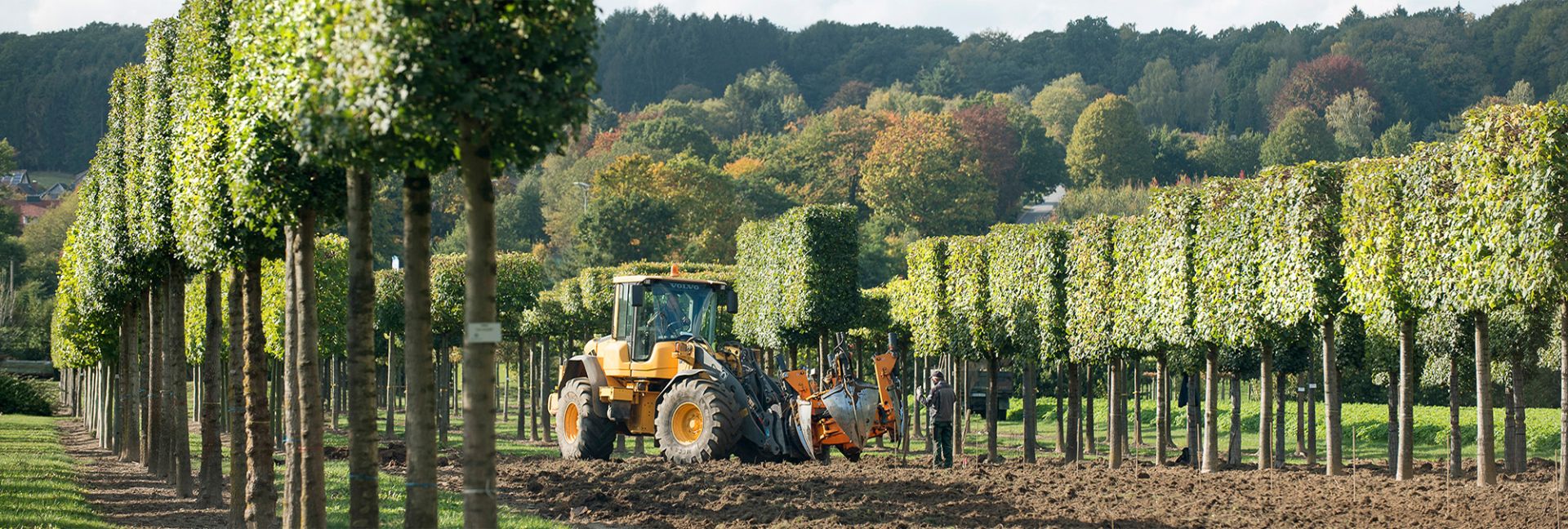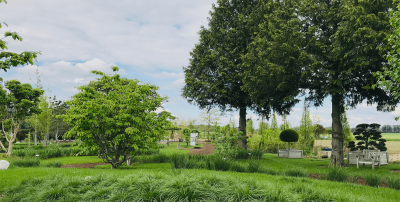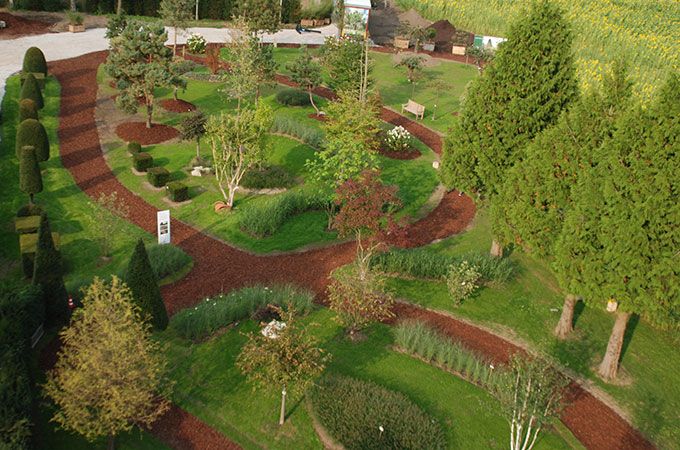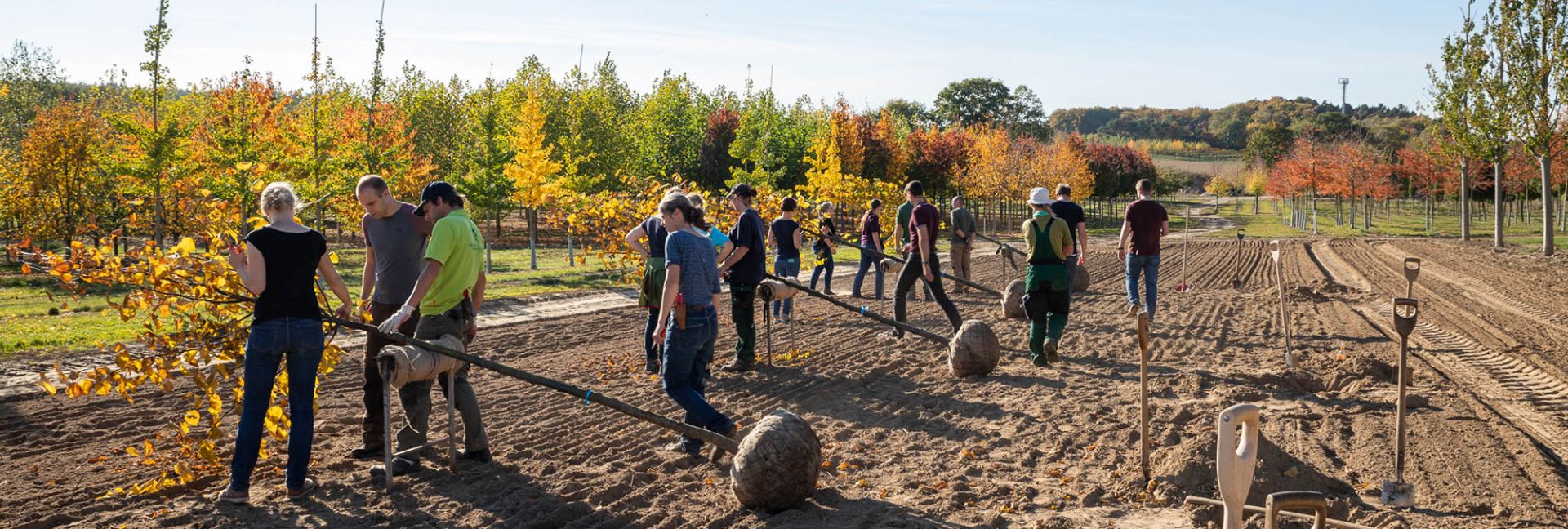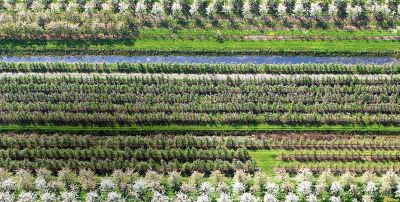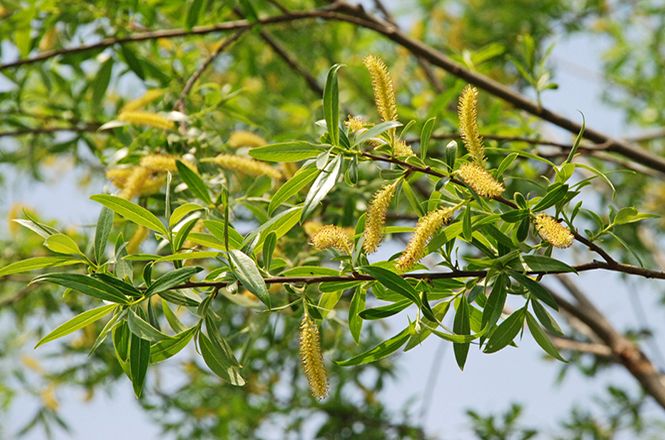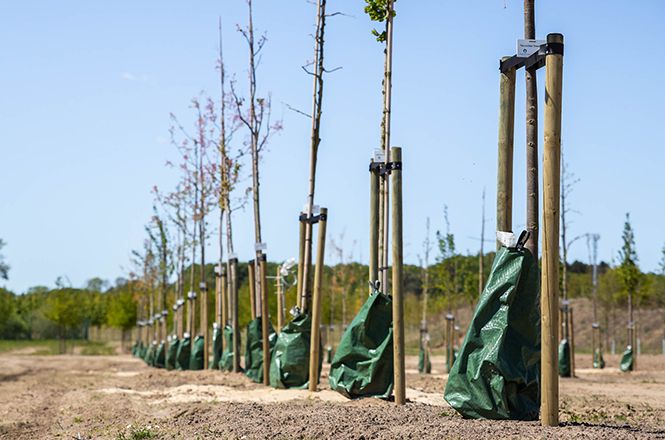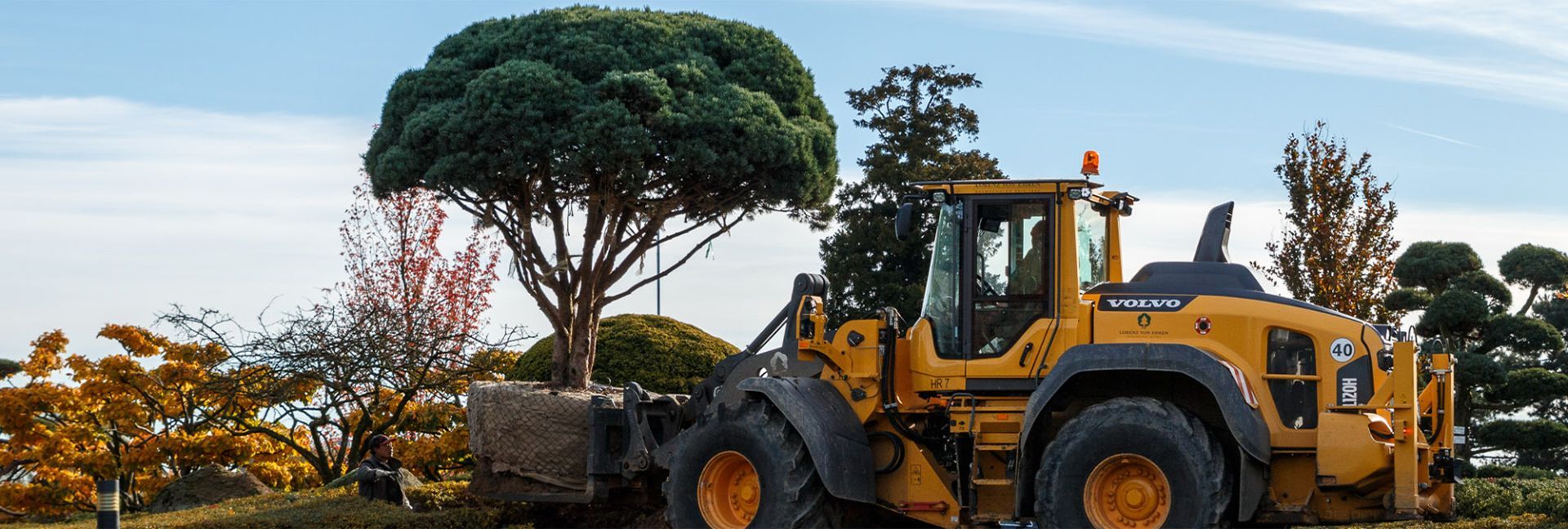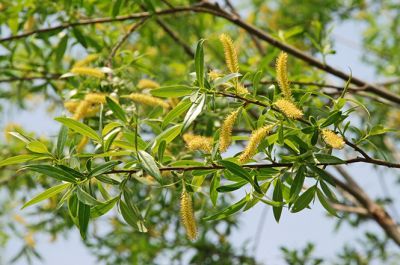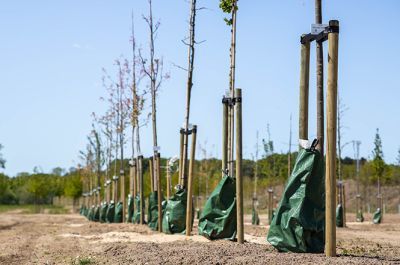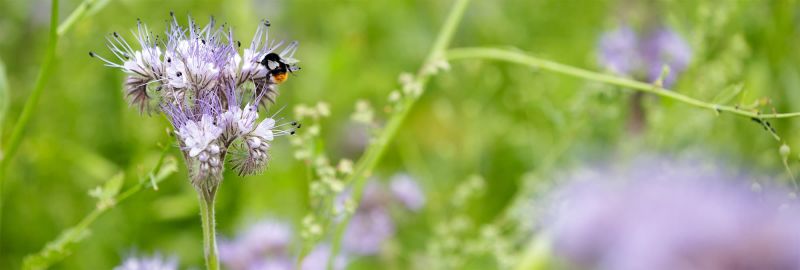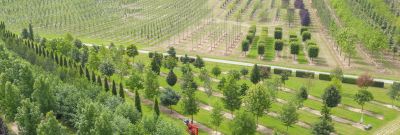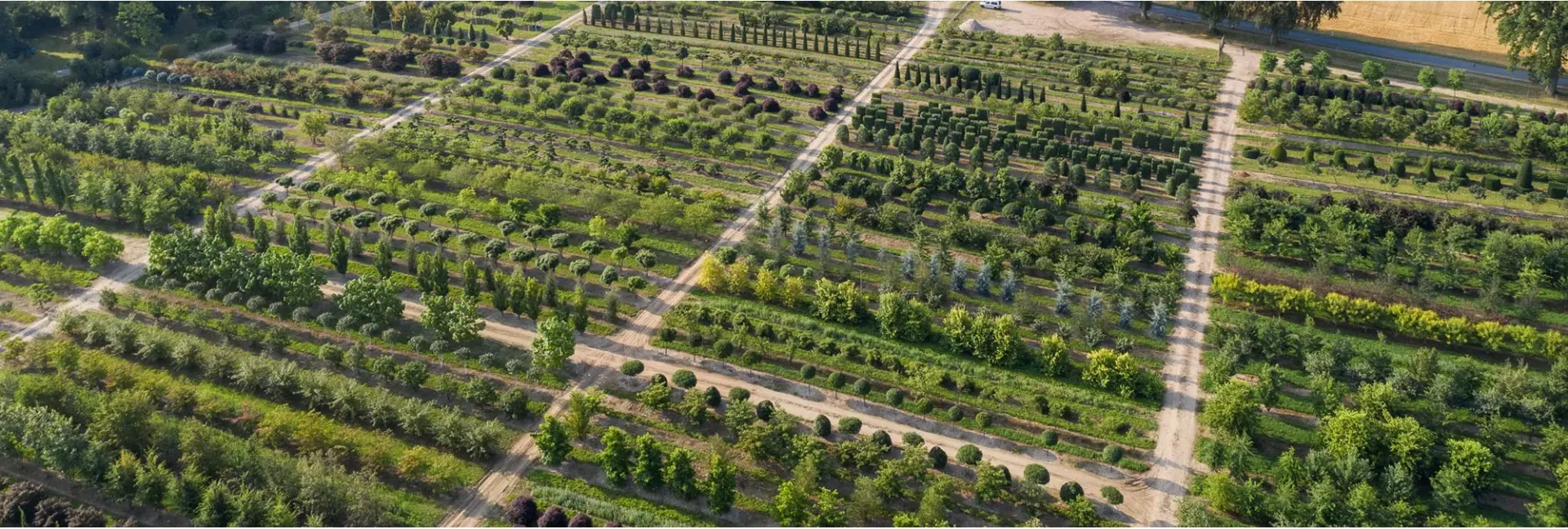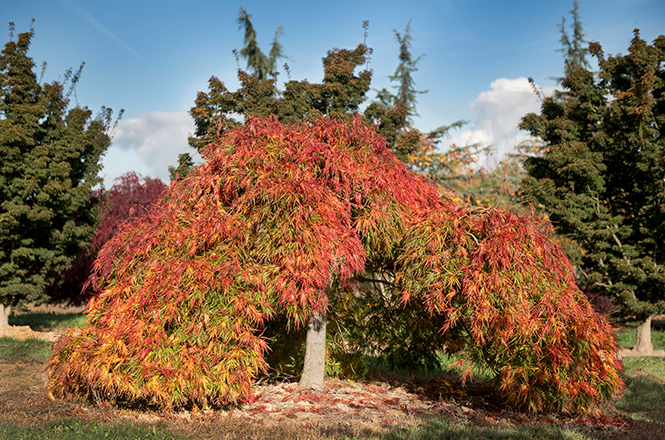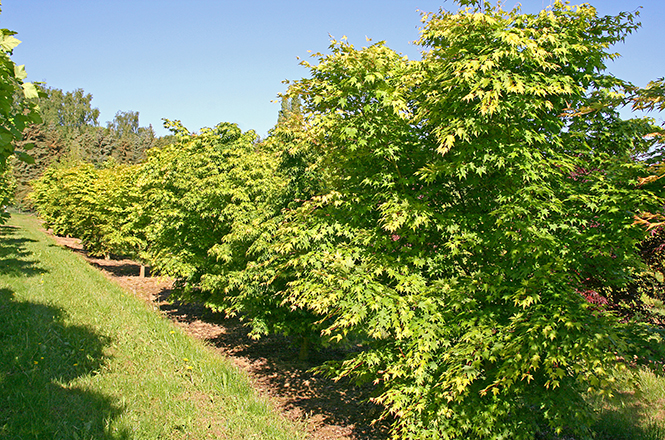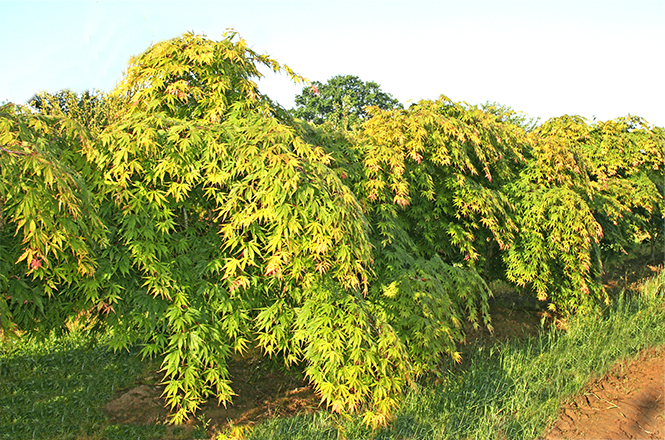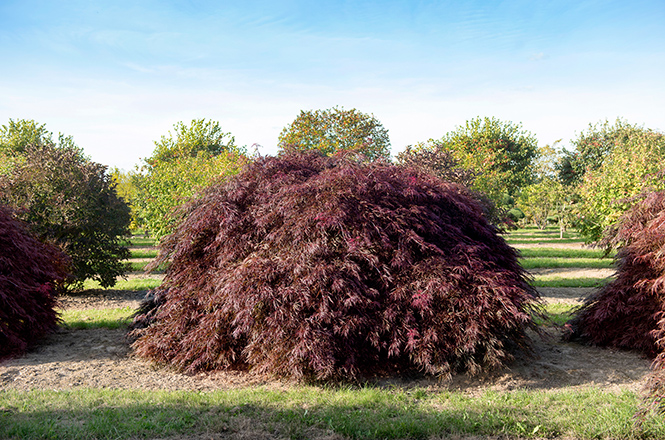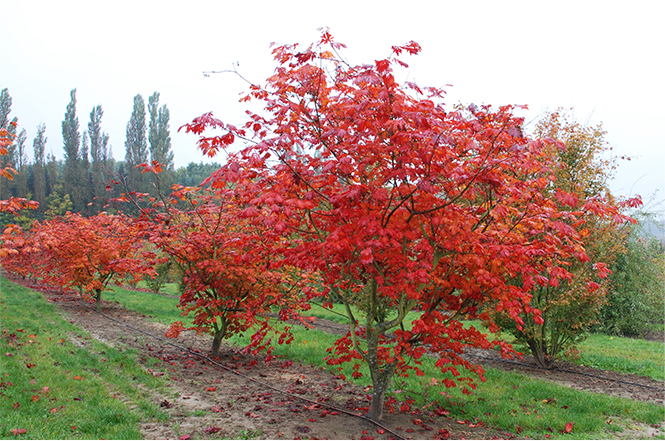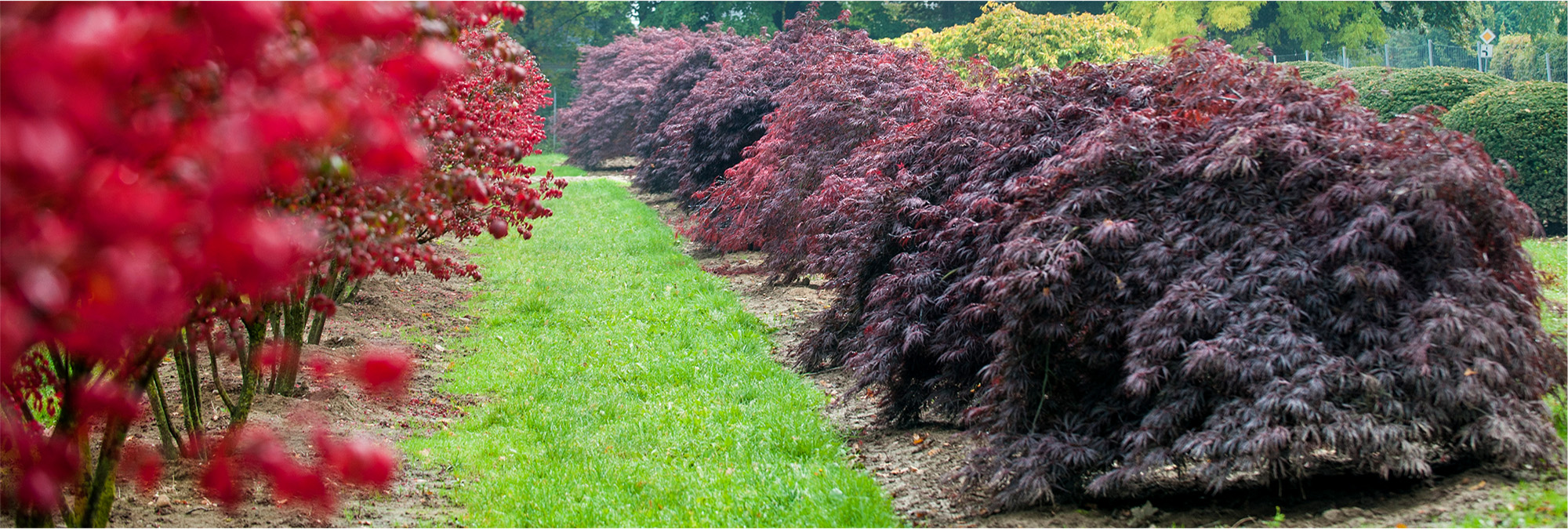
Japanese maple - bizarre and autumn-coloured!

“Interestingly, most new cultivars of Japanese maple today come from New Zealand, not Asia.”
Thomas Dieckmann, climate tree expert, Lorenz von Ehren Tree Nursery
Our unique specimens
Particularly beautiful specimens with wonderfully fine, almost feathery foliage can be found among the Japanese slash maples, Acer palmatum of the Dissectum group. Their extremely slow growth makes them valuable plant antiques.
With their striking, often bizarre habit - they grow to only 1.50 to 2 m high, but at least three times as wide - they are predestined for special places.
You are also welcome to take a look at our unique specimens:
Did you know?
In addition to slash maples, there are also upright forms whose rounded, loose crown can reach a height of up to eight metres. The filigree foliage is very variable in shape and colour, with the green varieties turning a brilliant yellow-orange, while the red-leaved ones glow crimson or dark orange in autumn.
Have a look at our maple genus page.
FAQ - Frequently asked questions
Is the Japanese maple hardy?
The Japanese maple is basically winterproof. Young shoots and container plants need protective measures such as fresh mulch or fleece to cover them if the cold persists.
What kind of location does a Japanese maple need?
The Japanese maple is best suited to sunny locations, but it also does well in partial shade.
What type of soil does a Japanese maple need?
A Japanese maple grows best in moist and well-drained sandy humus soil.
How often do I need to water the Japanese maple?
The Japanese maple needs regular watering in summer in well-drained, humus-rich soil, but care should be taken to avoid waterlogging!

